Mausoleo del Che Guevara
El Mausoleo del Che Guevara, oficialmente Conjunto Escultórico Memorial Comandante Ernesto Che Guevara,[1][2] es un monumento ubicado en Santa Clara, Cuba.
Alberga los restos del político, guerrillero y dirigente comunista en Cuba, Ernesto Guevara y veintinueve de sus compañeros combatientes que murieron en 1967 durante el intento de Guevara de impulsar un levantamiento armado en Bolivia. El área total incluye una estatua de bronce de 6,7 metros de Guevara.
Guevara fue enterrado con todos los honores militares el 17 de octubre de 1997,[3] después de que sus restos exhumados fueron descubiertos en Bolivia y devueltos a Cuba. En el lugar, hay un museo dedicado a la vida de Guevara y una "llama eterna" encendida ...Leer más
El Mausoleo del Che Guevara, oficialmente Conjunto Escultórico Memorial Comandante Ernesto Che Guevara,[1][2] es un monumento ubicado en Santa Clara, Cuba.
Alberga los restos del político, guerrillero y dirigente comunista en Cuba, Ernesto Guevara y veintinueve de sus compañeros combatientes que murieron en 1967 durante el intento de Guevara de impulsar un levantamiento armado en Bolivia. El área total incluye una estatua de bronce de 6,7 metros de Guevara.
Guevara fue enterrado con todos los honores militares el 17 de octubre de 1997,[3] después de que sus restos exhumados fueron descubiertos en Bolivia y devueltos a Cuba. En el lugar, hay un museo dedicado a la vida de Guevara y una "llama eterna" encendida por Fidel Castro en memoria del guerrillero Guevara.
El Conjunto comenzó su construcción el 14 de junio de 1987, y fue inaugurado el 28 de diciembre de 1988[4][5] con la estatua de Ernesto Guevara como gran atracción. La estatua fue encargada al escultor cubano José Delarra.[4]
Santa Clara fue elegida como la ubicación del monumento en memoria de la toma de la ciudad por parte de las tropas de Guevara el 31 de diciembre de 1958, durante la Batalla de Santa Clara. El resultado de esta batalla final de la Revolución Cubana fue que, el entonces gobernante y dictador cubano, Fulgencio Batista huyera al exilio.
Cerca de allí, en otra parte de la ciudad, un tren de suministros militar de la época de Fulgencio Batista fue descarrilado por Guevara durante la batalla y también permanece en su ubicación original.
Guevara was buried with full military honors on 17 October 1997 after his remains were discovered in Bolivia, exhumed and returned to Cuba. At the site, there is a museum dedicated to Guevara's life and an eternal flame lit by Fidel Castro in his memory.
Santa Clara was chosen as the location in remembrance of Guevara's troops taking the city on December 31, 1958, during the Battle of Santa Clara. The result of this final battle of the Cuban Revolution was Cuban dictator Fulgencio Batista fleeing into exile.[1]
Nearby, in another part of the city, a Fulgencio Batista military supply train derailed by Guevara during the battle also remains in its original location.
Return of remainsIn October 1997, Guevara's remains, and those of six comrades who died with him in Bolivia, arrived in a motorcade from Havana in small wooden caskets aboard trailers towed by green jeeps.[2] As the remains were unloaded before a crowd of several hundred thousand people, a choir of schoolchildren sang Carlos Puebla's elegy to Guevara, "Hasta Siempre" (Until Forever) and then Fidel Castro declared the following:
Why did they think that by killing him, he would cease to exist as a fighter? Today he is in every place, wherever there is a just cause to defend. His unerasable mark is now in history and his luminous gaze of a prophet has become a symbol for all the poor of this world.[1]
His speech was followed by a coordinated 21-gun salute in both Santa Clara and Havana, while air raid sirens were set off across the length of the island.[1]
In addition to those of Che Guevara the remains of six other guerrillas who lost their lives in the 1966–1967 Bolivian Insurgency were also entombed in the mausoleum on October 17, 1997:
Carlos Coello (Tuma) – Cuban, killed in action at Rio Piraí on June 26, 1967. Alberto Fernandez Montes de Oca (Pacho) – Cuban, killed in action at Quebrada del Yuro on October 8, 1967. Orlando Pantoja Tamayo (Olo) – Cuban, killed in action at Quebrada del Yuro on October 8, 1967. René Martínez Tamayo (Arturo) – Cuban, killed in action at Quebrada del Yuro on October 8, 1967. Juan Pablo Navarro-Lévano Chang (El Chino) – Peruvian, captured and executed in La Higuera on October 9, 1967. Simeon Cuba Sarabia (Willy) – Bolivian, captured and executed in La Higuera on October 9, 1967.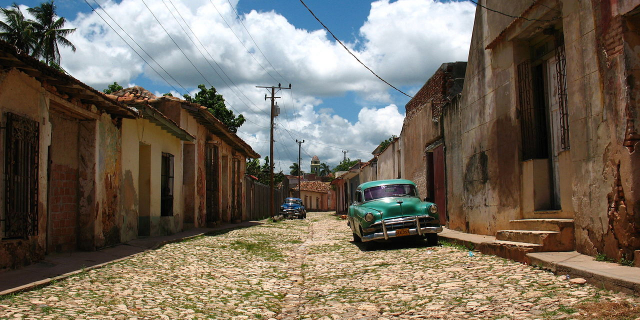










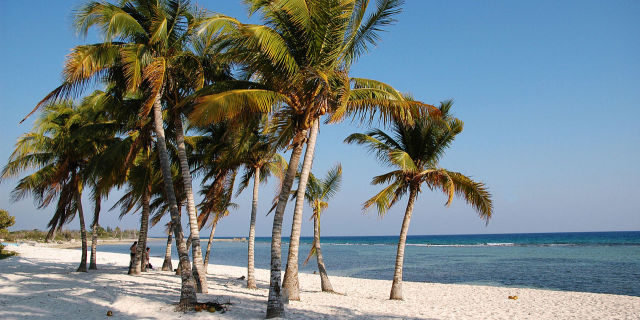

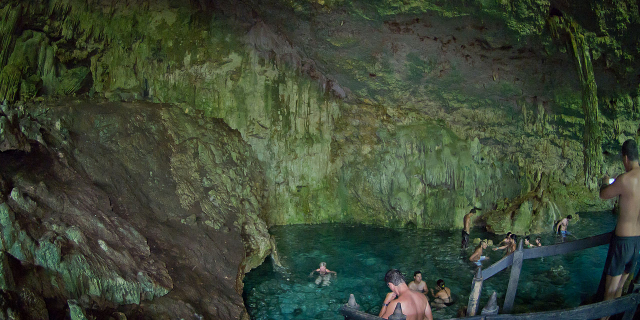





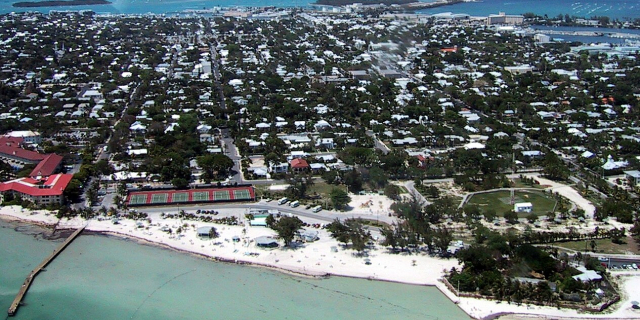







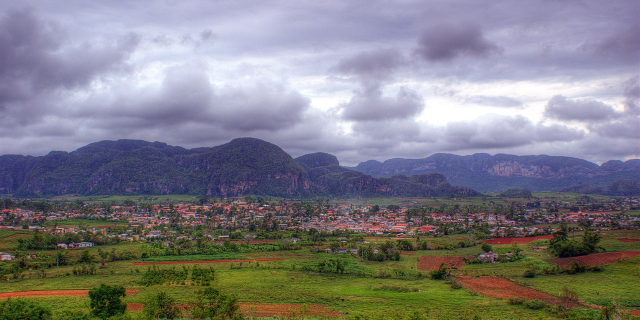



Añadir nuevo comentario